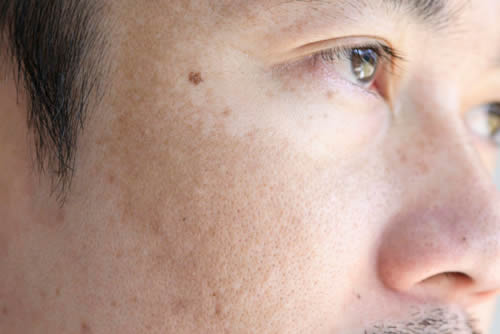Laying at the beach may be a fun way to spend the day, but extended exposures to the sun can bring with it some damaging effects. Long after a sunburn has disappeared, its lasting consequences may stick with you.
What is sun damage?
When your skin is exposed to the sun for too long, the ultraviolet rays may cause serious damage to your skin. The cells, collagen, and elastin under your skin’s surface may be harmed. This can result in a variety of skin problems and even dangerous conditions like skin cancer. Some of the lasting effects of sun damage are redness, wrinkles, age spots, freckles, or blotchy skin.
How can I prevent it?
There are some smart ways to help prevent sun damage from occurring in the first place. Sunscreen is the most effective solution if you plan on being in the sun. Use sunscreen with an SPF rating of at least 30 and reapply it every two hours. Try to avoid the sun during the hours of 10 a.m. and 4 p.m. when the ultraviolet rays are at their strongest. Also consider wearing protective clothing, hats, and sunglasses when you are outside.
Is it too late?
If you have already received sun damage, the reality is that the damage has been done and is often hard to reverse. There is hope though by properly caring for your skin and learning about ways to help it recover and become healthier. Consulting a qualified dermatologist like Dr. Bernard Raskin in Bakersfield is a great step in the path toward treating sun damage. Some ways to combat sun damage include:
- Retinoids and retinol: these products can improve the skin’s collagen production, reduce skin irregularities, and limit the effects of aging.
- Niacinamide: this form of vitamin B3 helps reduce redness and wrinkles, improve skin discoloration, and improve skin elasticity. Applying B3 in a moisturizer or serum can be a helpful part of your daily skincare routine.
- Dermabrasion: this procedure scrapes the top layer of damaged skin away to promote the growth of new, healthier skin underneath it. The results are typically long-lasting and impressive, creating smooth and healthy skin. It should be performed by an experienced professional to help avoid potential side effects such as scarring, skin damage, inflammation, or infection.
- Chemical peels: this involves applying chemical products to the skin with the goal of peeling off the outer layer, most damaged skin. This process can also reduce age spots, fine lines, and dark skin patches.
Each of these treatment methods for sun damage should be approved and monitored by our dermatologists to ensure your safety and overall health. Allergic reactions or other complications are sometimes possible.
Schedule an appointment today.

